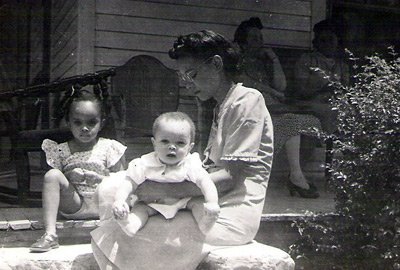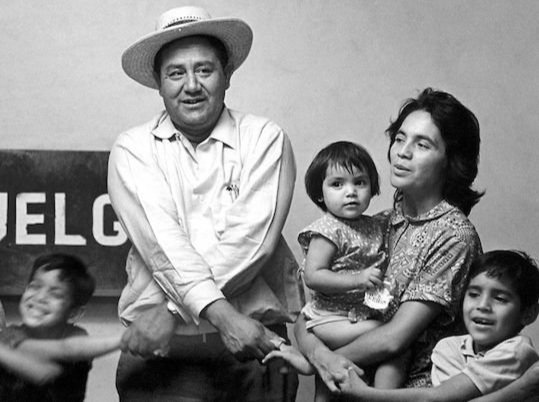Over the past four years of this blog, I’ve been collecting stories of iconic creators who also happened to be caregivers: from the transgender computer engineer Lynn Conway to the labor activist Dolores Huerta, from the closeted children’s book author Arnold Lobel to the pioneering Black chemist, adventurer, and anthropologist Essie Robeson.
This has not been an idle or indifferent quest.
As the parent of a now 6-year-old, I’ve spent the early years of motherhood seeking after some integration of my parenting role and my urge to write.
I began researching historical figures in art and science to learn more about who they were as caregivers, and how their lives as parents might have shaped their work. Along the way, I’ve found a curious comfort in, and solidarity with, these creative lives out of the past.
Images (from left): Dr. Mamie Phipps Clark pictured with children Kate and Hinton, while earning her Ph.D. in psychology at Columbia in the 1940s. Naturalist Charles Darwin holding his eldest son William. Activist Dolores Huerta at the United Farm Workers Hall, 1960s.
Now, I hope to share these essays in book form. Creators & Caregivers: 25 History Lessons in Doing Inventive Work While Raising Kids joins literary explorations of motherhood by writers like Maggie Nelson, Louise Erdrich, Rachel Cusk. But it also departs from these memoirs by blending personal storytelling with biographical research to offer a more collective and varied history of navigating the creative process (and creating oneself) while raising children.
These vignettes are primarily stories about work, but, as the industrial engineer Lillian Gilbreth put it, they are also stories about “work in the midst of confusion”—the messy, chaotic, inspiring business of nurturing and sustaining life.
They challenge the cultural myth of the solitary artist, the pernicious idea that to be creative we need to cloister ourselves away from the world, and from the human relationships that complicate and often enrich our work.
As writer Ursula LeGuin, the self-described “artist-housewife,” once put it:
To have and bring up kids is to be about as immersed in life as one can be, but it does not always follow that one drowns. A lot of us can swim.


